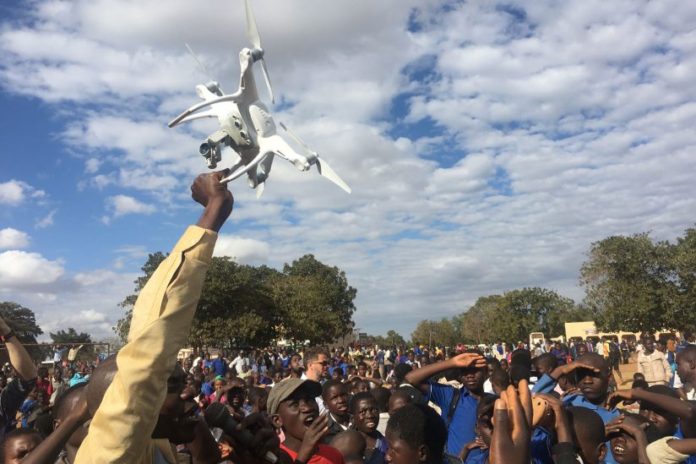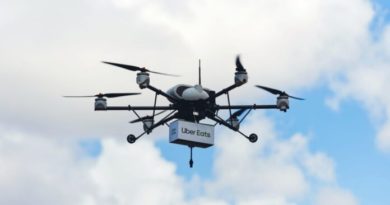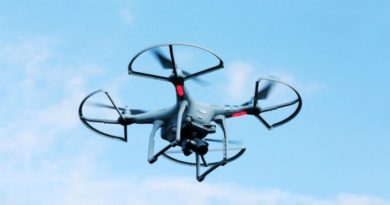Drones Assisting with Humanitarian Aid Efforts

When you hear the word drone, you might be thinking of the toy that a young family member got for Christmas, but these little remote-controlled flying robots are making an appearance in nearly every industry, increasing safety and making the job a little bit easier. Drones are also making a splash by aiding in humanitarian efforts around the globe. How can drones save lives?
Mapping Disaster Areas
Assessing the extent of a natural disaster is challenging at the best of times. How can you tell who needs help and where survivors might be waiting for assistance if roads are washed out or burned away? That’s where drones come in. Instead of relying on aircraft which might not be available, drones can map an entire disaster area within a few hours, locating survivors, supply caches and unobstructed roads for first responders to make their way in.
The usefulness of this application has already been showcased during the 2018 Camp Fire in Paradise, California. Using drones, volunteers were able to survey all of the major streets in the area in 60 minutes, saving first responders time by keeping them from exploring streets that were blocked by burned vehicles.
Delivering Much-Needed Supplies
Retail giants like Amazon have been trying to secure drones for last-mile deliveries for years, but they haven’t quite managed to create drones capable of dropping off Amazon packages yet. That hasn’t stopped humanitarian aid workers from using them to drop off much-needed supplies to the people that need them. Today’s drones can carry up to 5kg (11lbs) of supplies more than 160 km (99.4 miles). These devices can carry emergency blood supplies to a remote hospital, or move hundreds of vaccine doses to where they’re needed most. In Norway, they’ve even used them to carry portable defibrillators to save heart attack victims.
Drones can carry more than medical supplies. Gaza is a city of 2 million people, and only 10% of them have access to clean, safe drinking water. While a 5kg weight limit won’t let drones carry much water, it could carry lightweight water purification tablets or other tools, allowing residents to purify the unclean water that flows from their taps.
Transporting Samples
Disease outbreaks don’t always happen close to a hospital or lab. Traditionally, samples were taken back to the local lab by motorbike but this could delay diagnosis because of damaged roads, mechanical failure, or any of a dozen other reasons. Motorbike delivery is just slow in developing countries, no matter how you look at it. Drones could improve the speed of diagnosis by taking those samples and delivering them to the lab or hospital in a fraction of the time.
You don’t have to worry about washed out roads when you’re flying over the landscape. With some diseases like the ongoing Ebola outbreak in the Congo, speedy diagnosis can mean the difference between life and death.
The Future of Humanitarian Drone Efforts
Drone deliveries are the wave of the future, but not in the way you might think. Drones are already changing lives, even if they aren’t delivering your Amazon package. For people that live in hard to reach areas, drones can provide medical supplies, blood, vaccines, and other supplies that they might not be able to obtain otherwise. Even in the United States, we might start seeing drones delivering emergency medical supplies or even transporting transplant organs from one hospital to another because it’s quicker than waiting for a helicopter or climbing behind the wheel of a car.
Drones aren’t just toys anymore. In emergency situations, they’re quite literally saving lives. As technology advances and drones are able to carry more weight, their possible applications will become endless.
Author Bio:
Emily is a green tech writer who covers topics in renewable energy and sustainable design. You can read more of her work on her blog, Conservation Folks.


